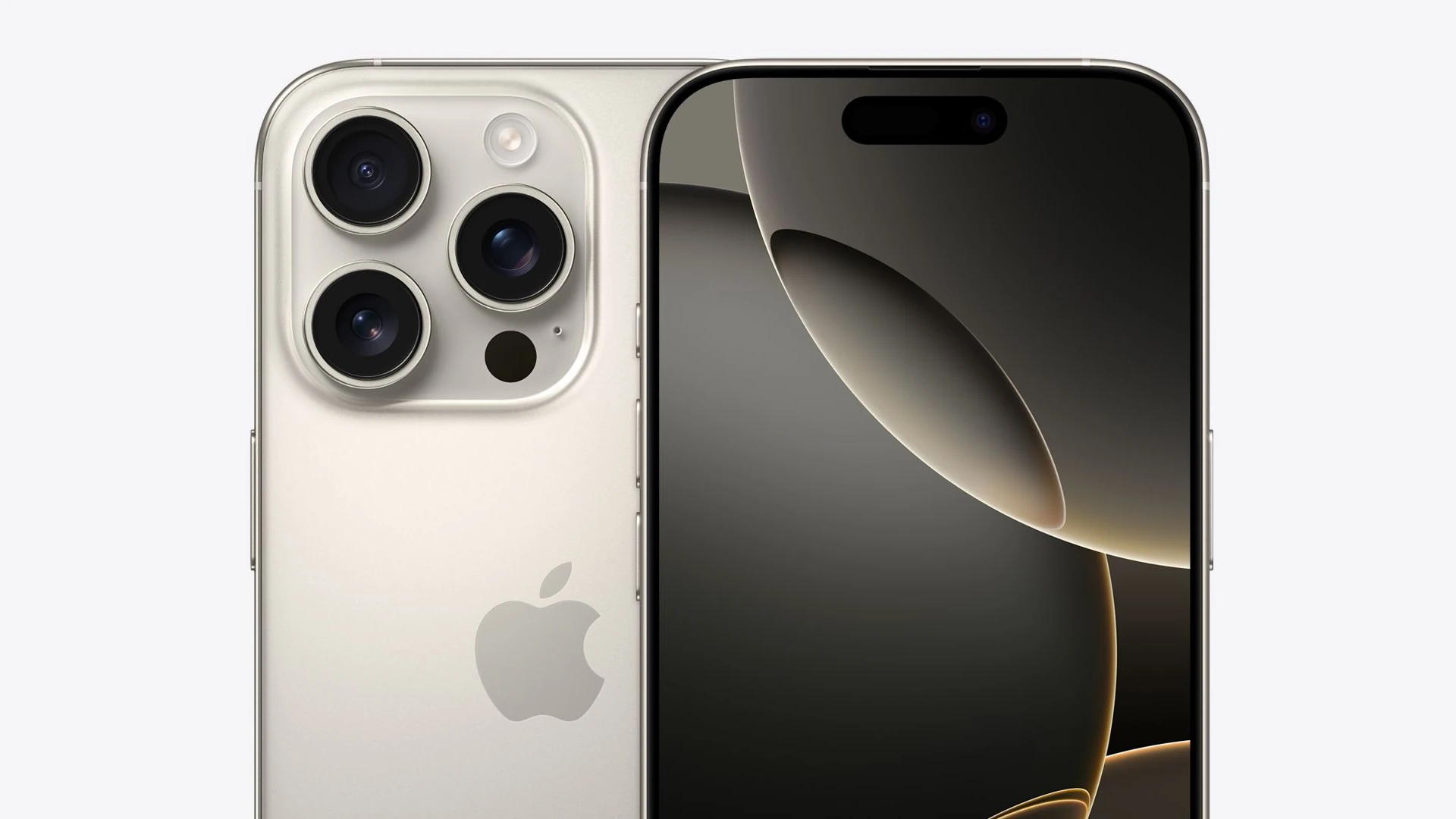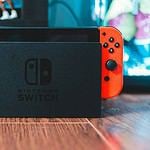Your next iPhone might not just be more advanced—it could be significantly more expensive. Under a sweeping new round of proposed tariffs targeting Chinese imports, prices on high-end iPhones could skyrocket to as much as $2,300. The initiative, led by former President Donald Trump, includes a hefty 60% tariff on a broad range of Chinese goods. And since Apple still manufactures the vast majority of its iPhones in China, it’s right in the crosshairs.
Analysts estimate Apple could face more than $8.5 billion in new costs annually, a financial hit too large for the company to absorb on its own. If these tariffs stick, industry experts say the cost will almost certainly be passed on to consumers—marking the end of the sub-$1000 iPhone era in the United States.

What’s especially jarring is how widespread the ripple effect would be. This isn’t just a smartphone issue. The same policy targets everything from electric vehicles to semiconductors to essential consumer goods like batteries and household electronics. Even everyday products like coffee and clothing could see steep price hikes, amplifying inflationary pressure across the board.
For Apple, the stakes are even higher. The iPhone accounts for more than half of the company’s revenue, and its pricing strategy has been critical in maintaining profit margins and stock performance. With the top-tier iPhone 16 Pro Max already projected to start at $1,599, a 40% to 60% cost increase could push it well over $2,200—before taxes. Even entry-level models like the iPhone SE may cross the $600 mark, breaking the affordability barrier that Apple has long used to bring new users into its ecosystem.
The recently imposed tariffs are projected to significantly increase the prices of iPhones. Below is a comparison of current iPhone prices and their anticipated new prices after accounting for the tariffs:
| iPhone Model | Current Price | Projected Price After Tariffs |
|---|---|---|
| iPhone 16 Pro Max | $1,599 | $2,287 |
| iPhone 16 | $799 | $1,142 |
| iPhone 16e | $599 | $857 |
These proposed tariffs are also reigniting fears of a broader trade war. Economists warn that retaliatory measures from China could disrupt global supply chains, slow down tech innovation, and further destabilize an already fragile global economy. With inflation still a concern and interest rates high, the timing couldn’t be worse.
Apple Faces a Tough Crossroads: Raise Prices or Eat the Costs

With tariffs looming large over its supply chain, Apple is caught in an economic vice. The core dilemma? Either absorb billions in extra costs and take a massive profitability hit, or pass those costs directly to consumers—potentially pricing the iPhone out of reach for a big chunk of its global user base.
A 54% tariff on Chinese-made goods doesn’t just nick Apple’s bottom line—it threatens to reshape its entire manufacturing strategy. Apple sources the majority of its iPhones from Chinese factories, particularly Foxconn’s massive plants in Zhengzhou and Shenzhen. Any significant shift away from China would require years of infrastructure investment, retraining workers, and building a trusted supply network somewhere else—like India or Vietnam. But that transition can’t happen overnight.
For now, Apple is staring at a brutal math problem: every $1,000 in component and assembly cost now effectively becomes $1,540. The markup is unsustainable without changing the pricing model or the geography of production.
A $2,300 iPhone? Not Far-Fetched Anymore
Take the iPhone 16 Pro Max, which is expected to debut with a starting price around $1,599 in the U.S. under current economic conditions. Add a 43% increase to cover tariffs, and you’re looking at roughly $2,287 before taxes. That puts Apple’s flagship phone in the same pricing category as high-end laptops and even some used vehicles.
Even the standard iPhone 16—typically considered the “mainstream” model—could jump from $799 to over $1,140. That’s a psychological barrier for many consumers, especially those already stretching their budgets for premium devices. And if Apple decides to spread the impact across its entire lineup, even the base-level iPhone SE might no longer be considered affordable.
Potential Impact on Consumer Behavior
The sticker shock alone could drive some consumers to delay upgrades or explore alternatives. Brands like Samsung, Google, and even OnePlus stand to benefit if Apple devices become significantly more expensive in the U.S. Android OEMs with more diversified manufacturing bases may avoid the worst of the tariff impact and keep pricing competitive.

Additionally, more users could turn to refurbished or second-hand iPhones, cutting into Apple’s sales of new models. The company’s aggressive trade-in program, which has helped mitigate upgrade costs in recent years, may not be enough to offset a $500+ jump in retail pricing.
There’s also a growing concern about the long-term value proposition. Are consumers really going to pay $2,300 for a smartphone with only incremental upgrades over the previous generation? Apple risks sparking backlash if users don’t feel they’re getting game-changing improvements in exchange for their dollars.
What About Manufacturing in the U.S.?
Some have floated the idea of Apple “bringing iPhone production home” as a way to sidestep tariffs and patriotic pressure. But this is largely a fantasy—for now.
Producing iPhones in the U.S. could raise costs even more dramatically. Estimates suggest a U.S.-assembled iPhone could cost upwards of $3,500 to make and sell, driven by higher labor rates, regulatory costs, and a lack of local component suppliers. Apple would have to rebuild its entire manufacturing ecosystem, which has taken decades to fine-tune in China.
Moreover, the U.S. simply doesn’t have the supply chain density or skilled labor force in electronics assembly to support iPhone-scale production. Even if Apple shifted some production to states like Texas or Arizona, the volumes would be low and the costs astronomical.
Investors Are Getting Nervous
Wall Street is already reacting. Apple’s stock fell over 8% following the tariff news, marking its worst single-day drop in half a decade. That wiped out tens of billions in market value and sent a clear signal: investors are bracing for turbulence.
If Apple raises prices and demand drops, its carefully tuned supply chain could suffer. If it eats the tariff costs instead, its famously robust profit margins could erode, affecting everything from R&D budgets to marketing efforts and dividend payouts.
Either path is painful—and Apple’s silence so far has only amplified investor anxiety.
What’s Next?
As it stands, Apple hasn’t revealed a concrete plan for navigating this tariff storm. Internally, the company is likely weighing a combination of cost-absorption, minor price hikes, and accelerated diversification of manufacturing into countries like India and Vietnam. But none of those options offer an immediate fix.
One thing is clear: the era of sub-$1,000 iPhones could be coming to a close. Whether Apple can continue its dominance while asking consumers to pay laptop-level prices for their next iPhone remains one of the biggest questions facing the tech industry in 2025.
Key Takeaways
- iPhone prices may jump by 40% to around $2,300 for premium models due to new tariffs.
- Apple faces annual cost increases of $8.5 billion without relief from their Chinese supply chain.
- The tariffs are set to affect many consumer goods beyond just phones, potentially impacting the broader economy.
Impact of New Tariffs on iPhone Prices
Recent tariff proposals could dramatically increase iPhone prices, with top models potentially jumping over 40% from current levels. These changes would affect both manufacturing costs and consumer pricing strategies.
Understanding Tariffs and Duties
Tariffs are taxes placed on imported goods. When a country adds tariffs, someone has to pay the extra cost—either the company, the consumer, or both.
For Apple products, new tariffs would hit devices made in China especially hard. President Trump has announced sweeping reciprocal tariffs that would directly impact electronics imports.
How do tariffs work for iPhones? Simply put:
- The government adds a tax percentage on imported products
- Companies must pay this tax when bringing goods into the country
- These costs often get passed to consumers through higher prices
Apple currently makes most iPhones in China, making them vulnerable to these new trade policies. The company faces tough choices about absorbing costs or raising prices.
Projected Costs for Top iPhones Under New Tariffs
The price impact on premium iPhones could be shocking. The iPhone Pro Max could jump from around $1,600 to approximately $2,300 with a 43% tariff-related increase.
Even standard iPhone components would see major price hikes:
- Basic parts could rise by $500+
- Manufacturing costs might increase by $400-600 per unit
- Apple’s annual costs could balloon by $8.5 billion without relief from China
These increases would hit the Pro and Pro Max models hardest. A base iPhone that costs around $600 to produce might need 40% more to cover new tariff expenses.
Industry analysts worry about sales impact too. The stagnation in demand could pressure Apple’s bottom line, especially with rising costs from tariffs.
Implications for Apple and Consumers
The tariff proposal creates significant challenges for both Apple and its customers. Price increases could reshape buying patterns and force Apple to reconsider its global manufacturing strategy.
Market Adjustments and Apple’s Strategy
Apple faces difficult choices as tariffs could increase annual costs by $8.5 billion. The company must decide whether to absorb these costs or pass them to consumers.
Experts suggest Apple would need to raise prices by at least 30% on average to offset import duties. This creates pressure on their bottom line during a period of stagnant demand.
Apple might explore several options:
- Relocating more production outside China
- Negotiating with suppliers to reduce costs
- Adjusting product release cycles
- Revising pricing tiers across their product lineup
The company’s privacy-focused advertising approach may need revision as they seek new revenue streams to offset tariff impacts.
Consumer Response and Potential Actions
Consumers will likely extend upgrade cycles if iPhone prices increase by 40% or more. A high-end iPhone potentially costing $2,300 would test even loyal customers’ willingness to pay.
Buyers might consider:
- Purchasing previous generation models
- Exploring Android alternatives
- Buying refurbished devices
- Seeking carrier subsidies and financing options
Search data shows increasing interest in iPhone alternatives as tariff news spreads. Consumer consent for data collection may also shift as people seek more value for their technology investments.
Personal data protection remains important, but price sensitivity could override privacy concerns for some buyers.
Alternative Approaches to Mitigate Tariff Effects
Apple could pursue several strategies to reduce tariff impact. They might accelerate their efforts to move production to India or other countries not subject to these tariffs.
The company could offer enhanced services to justify premium pricing:
- Extended warranties
- Bundled content subscriptions
- Improved trade-in values
- Special financing terms
Location-based pricing might become more common, with different markets seeing varied price points. Apple might also develop more mid-range devices specifically for markets affected by tariffs.
IP address and geolocation data could help Apple target promotions to specific regions most affected by price increases. Content measurement will be crucial to determine which features consumers value most.
Frequently Asked Questions
Trump’s new tariff plans could dramatically increase the cost of iPhones and other Apple products. These changes might reshape consumer electronics pricing across the US market.
How will potential tariffs impact the price of Apple products?
The planned tariffs would affect Apple’s entire product line. New import taxes of 34% on Chinese goods would force price increases on iPhones, iPads, and other devices.
Apple products would face significant cost increases because their supply chain relies heavily on Chinese manufacturing. The company might need to pass these extra costs directly to consumers.
What is the anticipated effect on iPhone prices following the introduction of new tariffs?
iPhone prices could rise dramatically. The latest models would see the biggest jumps in cost.
Many experts predict the price of premium iPhones could exceed $2,000 for the first time. This represents a major shift in the smartphone market.
How much could iPhone prices increase due to tariffs?
Analysts suggest iPhone prices might increase by more than 40%. A top-end iPhone that currently costs around $1,600 could jump to nearly $2,300.
These price hikes would affect all models across the iPhone lineup. Even budget options would become significantly more expensive.
What economic implications would tariffs have on the supply and demand for iPhones?
Higher prices would likely reduce iPhone sales volume. Many consumers might delay upgrades or switch to cheaper alternatives.
The tariffs could cost Apple approximately $8.5 billion annually in additional expenses. This financial pressure could impact Apple’s stock price and market position.
Competitors with less exposure to Chinese manufacturing might gain market share. The smartphone market could see major shifts in brand loyalty.
In what ways might Apple mitigate the effects of the new tariffs on their pricing strategy?
Apple has several possible strategies to reduce tariff impacts. The company might absorb some costs temporarily to maintain sales volume.
Moving production to other countries could help avoid tariffs. However, this would take time and significant investment.
Apple might also redesign products or packaging to reduce costs. They could introduce new pricing tiers or financing options to make purchases more manageable for consumers.
What historical precedents exist for technology price increases due to tariffs?
Previous tariffs on electronics have caused similar price jumps. During trade disputes in 2018-2019, some computer component prices rose by 10-15%.
TV manufacturers faced similar challenges with past tariffs. They typically passed costs to consumers while also seeking alternative manufacturing locations.
The smartphone industry hasn’t faced tariffs of this magnitude before. This makes the current situation somewhat unprecedented in consumer electronics.







